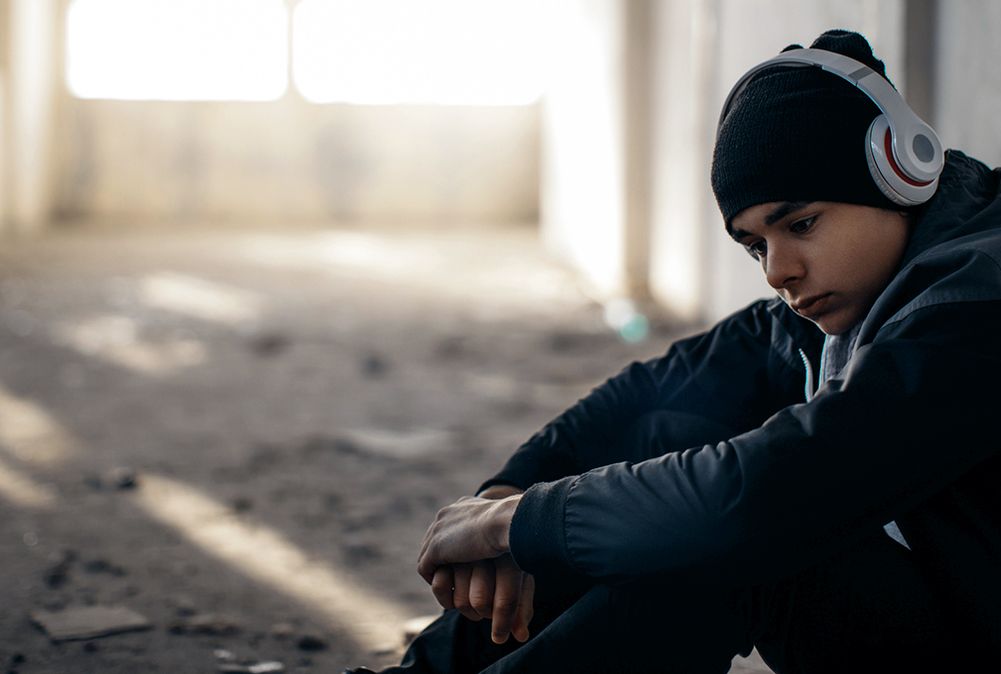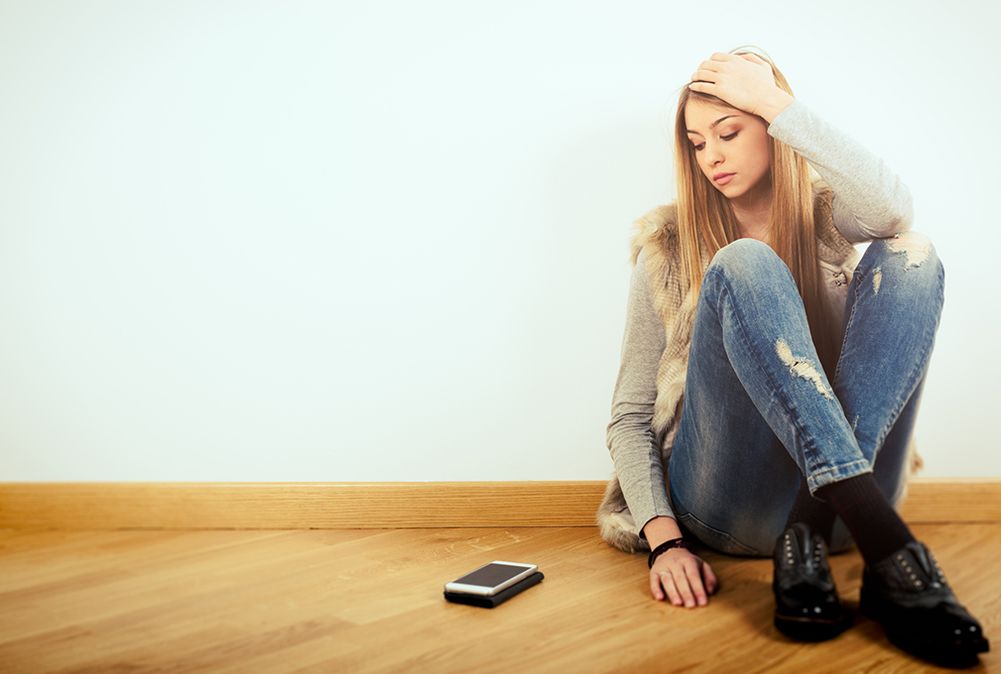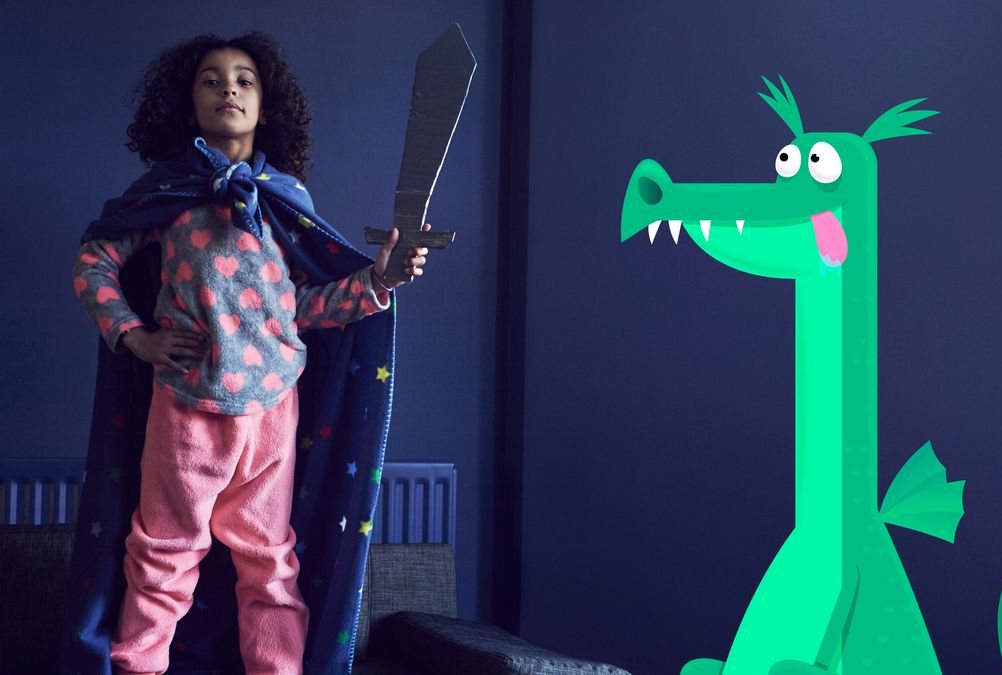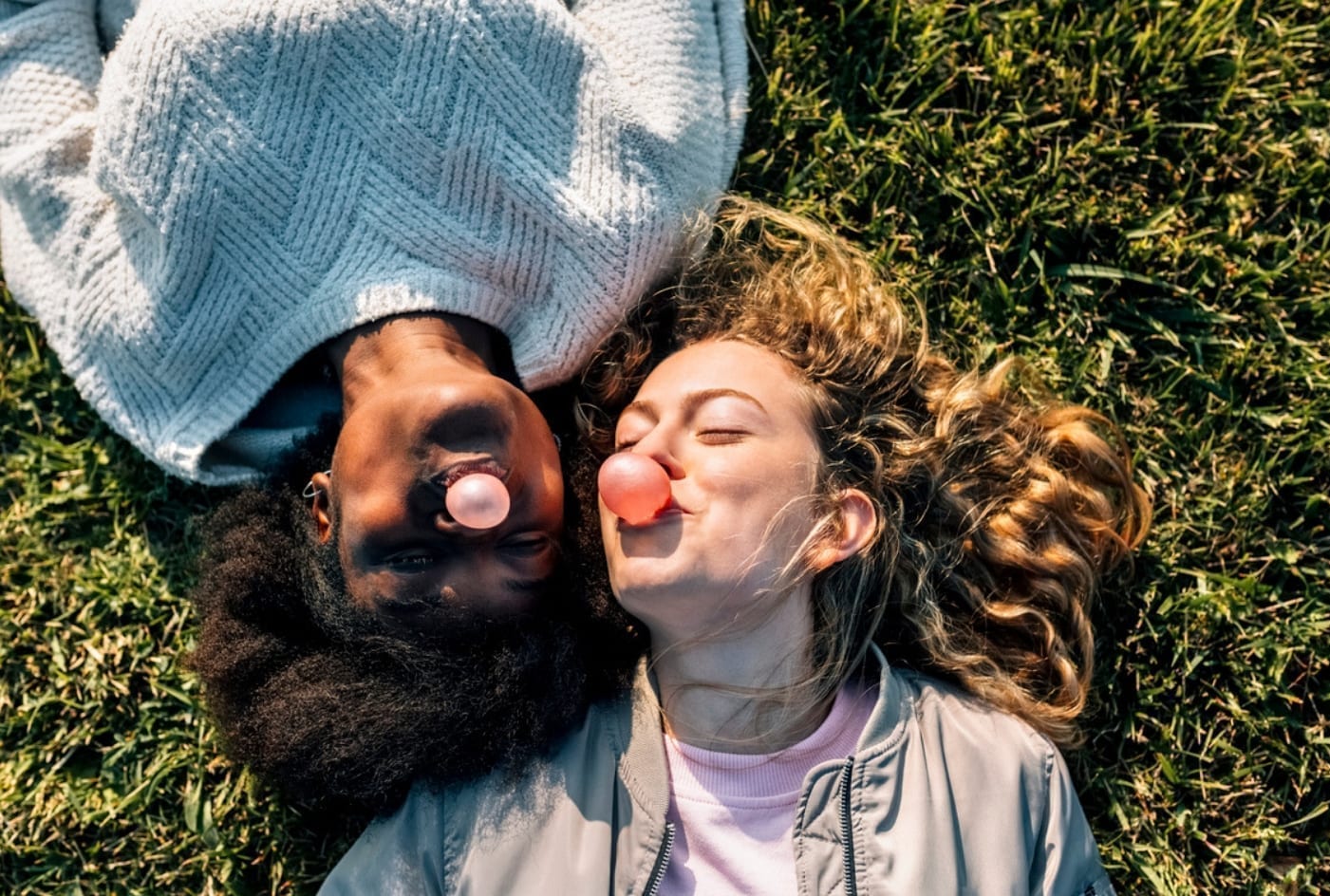
Shut your eyes and film photographs of strawberries, honeycombs and bubbly pancake batter. Do ideas of yummy meals from a late summer season day come to mine or do you’ve gotten visions of a horror film flashing in your head? For those who’re one of many hundreds of individuals bothered with trypophobia that trio of photographs might have simply despatched you spiraling.
Trypophobia, in brief, is a worry or disgust of closely-packed holes. Those that cope with the problem would possibly expertise nausea taking a look at one thing just like the densely-dotted head of a lotus seed pod or really feel sick, sweaty or panicked on the sight of a bubble-filled bathtub. Whereas the title suggests this aversion to holes is a few type of deep-seated, psychologically-based worry, there’s been some debate about whether or not it qualifies as an precise "phobia" since it isn’t formally acknowledged by the Diagnostic and Statistical Handbook of Psychological Problems (DSM).
What Is Trypophobia?
"Trypophobia just isn’t like different phobias," Arnold Wilkins, professor emeritus within the division of psychology on the College of Essex, writes through e-mail. He is among the world’s main researchers on a subject referred to as visible stress. "There is no one factor that persons are affected by and there’s no apparent rationalization as to why. It is extra of a disgust response than a phobia as such."
Whereas phobias are usually characterised by the hallmark symptom of worry, trypophobia appears to largely revolve across the signature symptom of disgust. And what these folks appear to be disgusted by is seeing issues like coral, lotus seed pods and even bubbles of their espresso. Mainly something that might have a cluster of holes.
Based on a 2018 overview, ladies seem extra more likely to develop trypophobia, and its most typical comorbid diagnoses are main depressive dysfunction and generalized nervousness dysfunction. Different signs may embrace:
- Helplessness, disgust or worry
- Goosebumps, itchy pores and skin or feeling your pores and skin crawl
- Dizziness, trembling, shortness of breath
- Sweating, physique shakes, racing heartbeat
- Complications
- Nausea or vomiting
The subject of trypophobia got here into Wilkins’s life in an sudden manner: His colleague, Dr. Geoff Cole, introduced it to his consideration by describing the trypophobic experiences he’d been having since age 13 (beginning with a nausea-inducing steel store mission that concerned drilling tiny holes right into a coin).
"I had been exploring visible discomfort from photographs and had found that the discomfort may very well be predicted by mathematical measures of how not like scenes from nature the photographs have been," Wilkins says. "I used to be then visited by Dr. Geoff Cole who instructed me about trypophobia and professed to being trypophobic himself. I believed the trypophobic photographs might need statistics in frequent with different uncomfortable and unnatural photographs — and so it proved."
In 2013, Wilkins and Cole printed a paper suggesting that trypophobia could also be the results of a selected visible function discovered amongst toxic animals that triggers some evolutionary a part of the mind to freak out. They discovered that about 16 % of their contributors reported trypophobic reactions.
"My curiosity in trypophobia began with studying Cole and Wilkins’ paper in 2013, ‘The Concern of Holes,’" R. Nathan Pipitone, Ph.D., assistant professor within the division of psychology at Florida Gulf Coast College, writes through e-mail. "The subject connects with my curiosity in stimuli that invoke evolutionarily related responses in people. After mentioning it to a scholar who was focused on conducting analysis with me, we determined to pursue a analysis mission collectively in 2015."
In 2017, Pipitone printed the paper "Physiological responses to trypophobic photographs and additional scale validity of the trypophobia questionnaire," which supported interpretations by Wilkins and Cole, together with that "usually, detrimental reactions are seen amongst contributors that view trypophobic imagery. As Cole and Wilkins (2013) present, these photographs share comparable spatial frequency profiles with harmful animals."
"Essentially the most stunning discovering to me is the wide selection of responses folks must trypophobic stimuli," Pipitone says. "Our visible notion modalities are extremely conserved and there is normally a number of settlement in what all of us discover uncomfortable or pleasing to view. Folks that undergo from full-blown trypophobia have excessive discomfort when viewing these photographs (I’ve met a number of of them), but for non-trypophobes, they are often virtually nice to have a look at."
“”
Trypophobia isn’t any joke. Researchers assume it may very well be an evolutionary response to avoiding infectious illnesses.
Micha Pawlitzki/Getty Pictures
However Why Patterns of Holes?
In 2017, researchers on the College of Kent got here up with one other idea to elucidate the disagreeable emotions some folks expertise when observing patterns of holes. The authors proposed that "aversion to clusters is an evolutionarily ready response towards a category of stimuli that resemble cues to the presence of parasites and infectious illness." In different phrases, trypophobics loath parasites and illnesses that trigger clusters of spherical shapes, similar to measles, rubella, scarlet fever, smallpox, ticks and scabies.
Whereas the researchers state that this response is a usually adaptive response, folks with trypophobia expertise an "exaggerated and overgeneralised model" of the pure inclination.
No matter it might be that truly causes an individual’s trypophobia, Pipitone says he believes that the range in trypophobic responses are concrete examples of human individuality and even the necessity for extra empathy and sensitivity to the perceptions of others.
"Simply because you do not have an opposed response to the photographs does not imply others can have the identical response," he says. "For the reason that majority of individuals should not have trypophobia, they could really feel that the response seen in some is not justified. In at this time’s world, we have to focus extra on how different folks’s subjective actuality is likely to be totally different from our personal. This might assist us in a number of methods."
Treating Trypophobia
There isn’t any remedy particular to trypophobia, although there are methods to assist these with phobias that could be useful to cut back the signs of trypophobia.
- Publicity remedy "exposes" the particular person to the what they’re most afraid of in hopes that over time, the worry will lower.
- Cognitive behavioral remedy entails sufferers working with a therapist to "change" their ideas and behaviors that may very well be inflicting the trypophobia.
- Leisure methods, like deep respiration, might also be assist scale back the disgust, worry or nervousness attributable to trypophobia.
- Drugs for treating despair or nervousness may additionally reduce the signs.
Now That is Fascinating
Just a few extra frequent triggers of trypophobia embrace: Bubble Wrap, insect eyes, pomegranates and sea sponges.
Initially Revealed: Jul 30, 2020
.faq {
colour: #707070;
font-size: 1.125rem;
line-height: 1.75;
border-color: #a2d4d3;
}
.faq h3 {
show: flex;
align-items: middle;
font-weight: daring;
colour: #2B2B5C;
font-size: 1.25rem;
margin-bottom: 1.25rem;
}
.faq h3::earlier than {
content material: url(“information:picture/svg+xml,%3Csvg xmlns=’http://www.w3.org/2000/svg’ width=’26’ peak=’26’ viewBox=’0 0 26 26’%3Epercent3Cpath d=’M27.7,8.2H25.1V19.9H8.2v2.6a1.3,1.3,0,0,0,1.3,1.3H23.8L29,29V9.5A1.3,1.3,0,0,0,27.7,8.2ZM22.5,16V4.3A1.3,1.3,0,0,0,21.2,3H4.3A1.3,1.3,0,0,0,3,4.3V22.5l5.2-5.2h13A1.3,1.3,0,0,0,22.5,16Z’ rework=’translate(-3 -3)’ fill=’%2336a2a0’/%3Epercent3C/svgpercent3E”);
colour: #36A2A0;
width: 26px;
peak: 26px;
margin-right: 12px;
}
.faq h3::after {
content material: ”;
peak: 1px;
background-color: #36A2A0;
flex: 1 1 0%;
margin-left: 12px;
}
.faq h5 {
font-weight: daring;
margin-bottom: 0.75rem;
}
.faq .questionContainer {
margin-bottom: 1.5rem;
}
.faq .questionContainer:last-child {
margin-bottom: 0;
}
Trypophobia FAQ
Is trypophobia actual?
Trypophobia is not formally acknowledged by the Diagnostic and Statistical Handbook of Psychological Problems (DSM), nonetheless it’s a actual worry and disgust of closely-packed holes.
What do you name an individual who has trypophobia?
Individuals who expertise trypophobia could also be known as trypophobic, a trypophobe, or trypophobics.
What are signs of trypophobia?
Trypophobia signs embrace emotions of helplessness, disgust or worry; goosebumps, itchy pores and skin or feeling your pores and skin crawl; dizziness, trembling, or shortness of breath; sweating, physique shakes, and a racing heartbeat; complications; and nausea or vomiting.
What’s the origin of the phrase trypophobia?
The phrase is believed to be from the Greek phrases trŷpa, that means gap, and phóbos, that means worry.
Can trypophobia be cured?
There isn’t any treatment or remedy particular to trypophobia, however methods that work for some embrace publicity remedy, cognitive behavioral remedy, rest methods, and in excessive circumstances nervousness drugs.






















